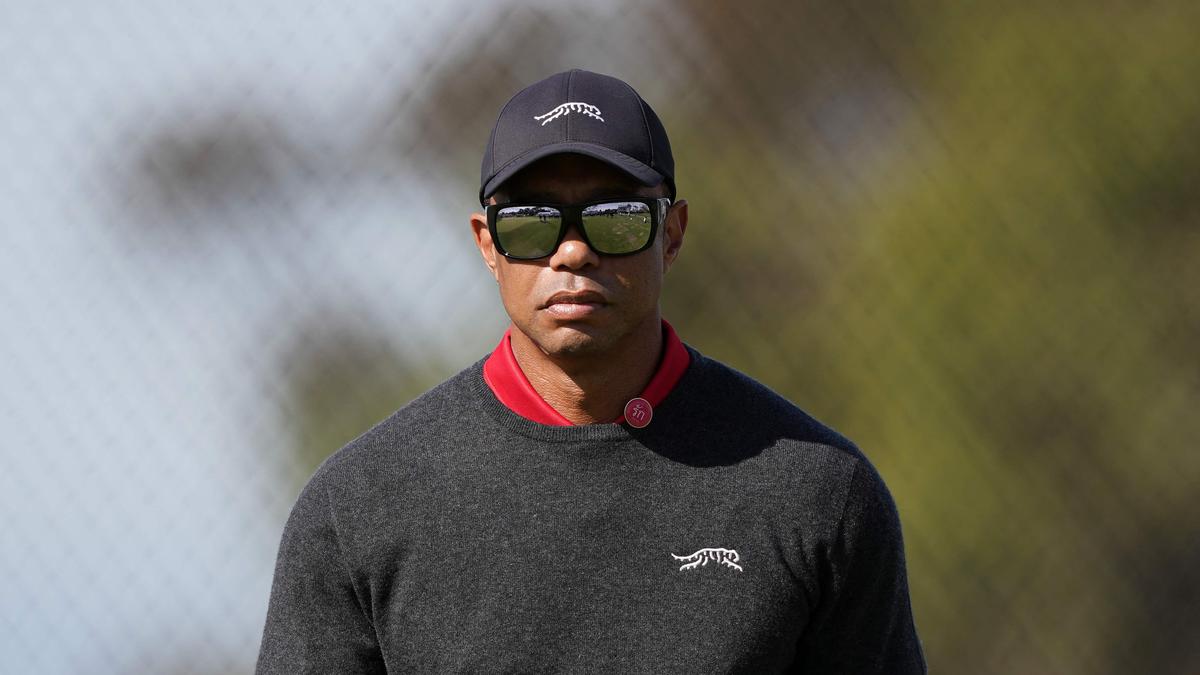American Athletic Conference becomes first league to set ‘minimum standard’ revenue share of $10 million
The American Athletic Conference approved an initiative on Friday to establish a minimum standard of benefits that schools are required to share with athletes in the new revenue sharing era of college sports, becoming the first NCAA conference to make such a move.
As part of this “Minimum Investment Program,” schools must share with athletes at least $10 million in cumulative additional benefits over a three-year period, starting with the 2025-26 academic year — a concept driven by commissioner Tim Pernetti and one he describes as an “important moment for the conference,” he told Yahoo Sports in an interview Friday when reached to comment on the league’s decision.
Schools can reach the required $10 million figure through a combination of benefits now available to them through the settlement of the House antitrust lawsuit. The settlement, if approved later this spring, will permit schools to offer scholarships to entire rosters and, separately, share a projected maximum of $20.5 million annually with their athletes through direct revenue sharing.
As part of the American’s Minimum Investment Program, schools can include as additional benefits (1) up to $2.5 million in new scholarships and (2) direct revenue they share with athletes, as well as (3) up to $2.5 million in Alston payments — a stipend that some schools have been distributing to their athletes.
“This action is another indication for how the American differentiates itself from its peers,” Pernetti said. “We are committed to differentiating the American in every way we can and we are committed to delivering an unrivaled experience for student-athletes and positioning our members in the best place for the future of college athletics.”
Schools that fail to meet the $10 million standard at the conclusion of the 2027-28 academic year could be subject to a “review” of their membership status within the conference, Pernetti said. The minimum investment thresholds will not apply to two members — Army and Navy — which are federally funded service academies that are prohibited from opting into the settlement.
The conference chose the figure and timeframe — $10 million over three years — after a comprehensive review of the league from the Huron Consulting Group. The group proposed its recommendations and they were shared with administrators in an in-person meeting in January before the College Football Playoff national championship game.
The conference will not police how each school distributes the minimum requirement. Schools have autonomy and flexibility over distribution. Pernetti stressed that the program is only a “minimum” and that many schools within his conference plan to exceed the $10 million mark.
While he declined to reveal the presidential vote on Friday, he said the program received “overwhelming support.” The program is a “resolution” that has been formally adopted as part of the league’s bylaws. The conference plans an annual “review” of the program, Pernetti says, and there will be an annual process for schools to report their figures as part of the program.
“Continuing our commitment to innovation and the student-athlete experience, the American and its member institutions are dedicated to providing academic and athletic excellence,” said Philip Rogers, chancellor of East Carolina and chair of the league’s board of directors, in a statement to Yahoo Sports. “As the first conference to collectively opt-in to a revenue-sharing model with a minimum requirement, we position ourselves and our student-athletes to compete at the highest levels and illustrate the strength and differentiation of this conference.”
In a new era where schools will be able to directly compensating athletes, officials believe the move positions the American to better compete with the power leagues despite financial gaps between the two groups.
Schools in the SEC, Big Ten, Big 12 and ACC earn more than four times the revenue distribution of those in the American. Most power conference athletic departments are expected to spend, at the very least, $10 million on their athletes in a single year. Many more plan to reach the revenue pool cap of $20.5 million annually.
For the six other conferences — American, Pac-12, Mountain West, C-USA, MAC and Sun Belt — the finances are made much more difficult because of less valuable television contracts, lower ticket sales and smaller sponsorship numbers. Most athletic departments in those leagues are heavily subsidized by their universities, to the tune of as much as 60 percent.
For years, however, the American has worked to maneuver itself into the conversation with the power leagues. Over the last decade, the league claimed key football victories over power conference programs, a successful run that saw some of the top-resources institutions get promoted to the Big 12 and ACC.
Related
Here’s how Cadillac can become a true American F1 dream…
Credit: Instagram Cadillac (@cadillac) Cadillac F1 stands to have a huge chance to be an American team by and for Americans, something that Formula 1 so badly
Stephen A. Smith Contract Extension – Work Less, Earn More,…
Stephen A. Smith has just landed the contract of his life with ESPN!
American Sports Entertainment Company Announces Strategic Partnership with Seidler Equity…
CHANDLER, Ariz., March 7, 2025 /PRNewswire/ -- American Sports Entertainment Company ("ASEC"),
The NWSL is the first top American sports league to…
When NCAA All-American striker Diana Ordóñez debuted in the NWSL in 2022, there was little more that she could ask from her rookie season with the North Carol












